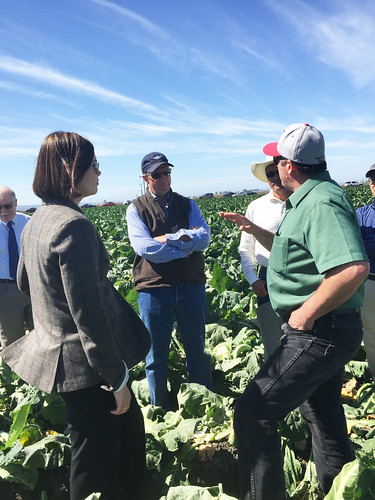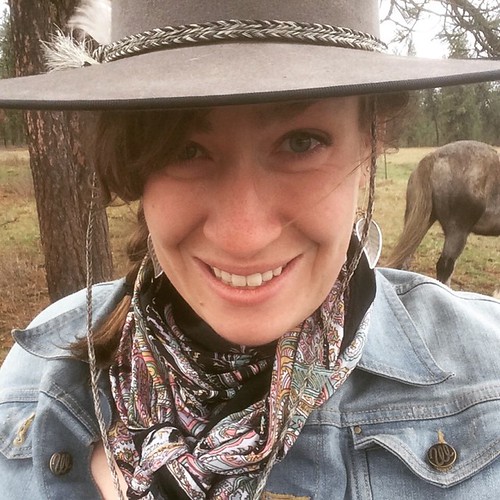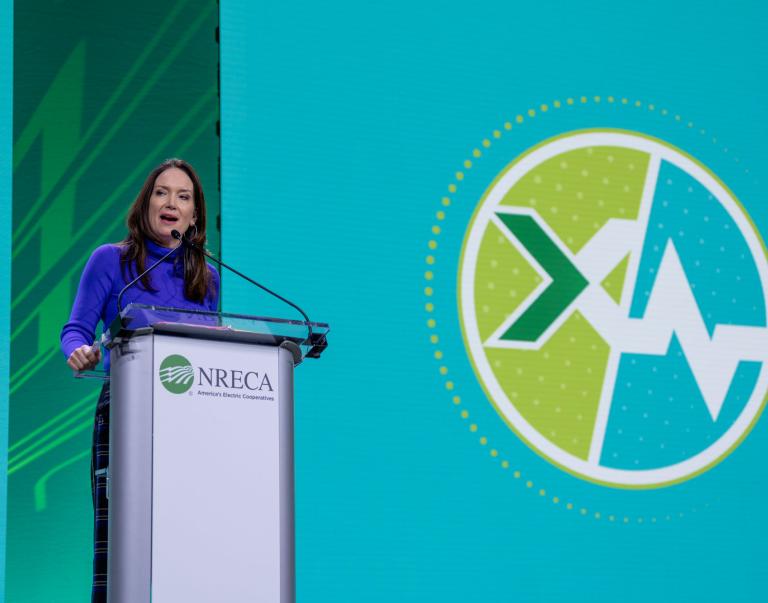
There’s nothing better than talking about food over a delicious meal of fresh, locally produced ingredients. I had the chance to do that recently, when I visited Central Foods, a Spokane, Washington, restaurant that sources from local farmers and ranchers. There, I met with stakeholders and producers who are taking advantage of new economic opportunities created by the growing consumer demand for local food. We had a great conversation about how USDA supports local food systems and how we can continue to do so in the future.
In communities across America, entrepreneurs like Beth Robinette and Joel Williamson from Spokane's LINC Foods and Teri McKenzie from Inland NW Food Network are invigorating rural economies by connecting local farmers and consumers. They are opening up new markets for farmers, drawing young people back to farming, and increasing access to fresh foods for consumers. That’s why USDA has identified strong local and regional food systems as one of four pillars for rural economic development, and we’ve stepped up our support for this important sector of agriculture.
In Spokane, I shared some of USDA's efforts. In 2009, USDA kicked off the Know Your Farmer Know Your Food Initiative to coordinate resources across the Department that can support local food producers and businesses. The stakeholders I met with in Washington have benefited from USDA programs, including Farm Service Agency farm loans and cost-share dollars for high-tunnels through the Natural Resource Conservation Service's programs. There has been tremendous growth in the market for local and regional foods, which was valued at $12 billion in 2014 and is expected to grow to $20 billion by 2019, according to industry estimates.
In addition to the community members mentioned above, the lunch gathering included local farmers Emmy Widman, Tori Foote, and Sheryl Hagen-Zakariason; Washington State University Extension Small Farms Coordinator Pat Munts; Melodi Wynn, Spokane Tribal and Spokane Food Policy Council member; Brian Estes, Catholic Charities and Spokane Food Policy Council member; and Judy Olson and Chris Bieker from the USDA Farm Service Agency. Talking with these locals gave me an opportunity to discuss how strong, local and regional food systems increase access to healthy food, create new markets for farmers, and spur economic development while bringing rural and urban communities together.
For example, the farmers at the table also supplied some of the ingredients on the Central Foods' menu. As a highlight, owner and chef David Blaine joined our conversation, sharing his passion for community and local, healthy foods. It was a passion shared by all.
Support for local food systems has become part of the USDA culture. We’re committed to helping farmers, ranchers, and businesses access the growing market for local and regional foods. The Department has invested more than $1 billion in over 40,000 local and regional food businesses and infrastructure projects. More information on how USDA investments are connecting producers with consumers and expanding rural economic opportunities is available in Chapter IV of USDA Results on Medium.



